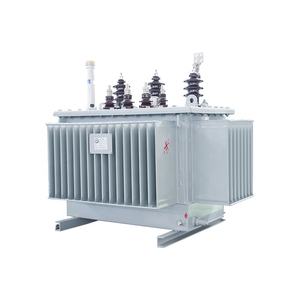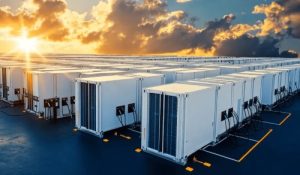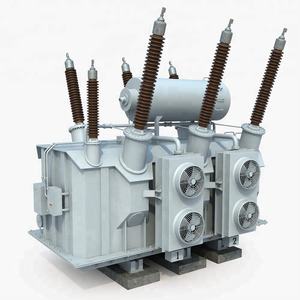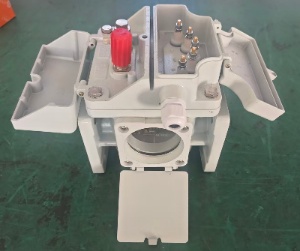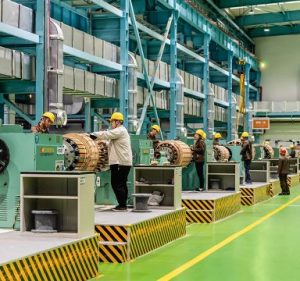Electronic Components Supplier | Transformers, Inductors, Inverters
Why Three Phase Transformers Are Powering the Future
Three-phase distribution transformers are the backbone of modern electrical grids, industrial facilities, and large-scale renewable energy systems. As global energy demands surge and smart grid technologies evolve, these transformers are becoming more efficient, compact, and intelligent.
In 2024, advancements in energy efficiency standards, IoT integration, and sustainable materials are reshaping the market. Whether you’re an electrical contractor, industrial plant manager, or renewable energy developer, understanding the latest trends in three-phase distribution transformers can help you make cost-effective and future-proof decisions.
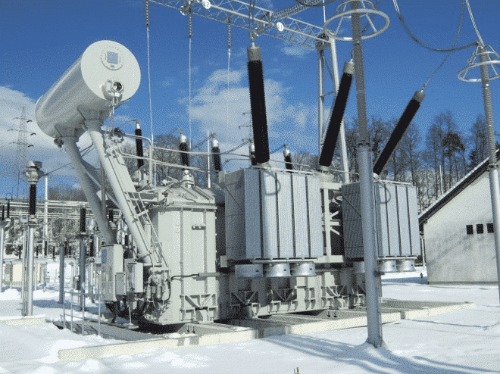
Key Market Trends in 2024
1. Rising Demand for Energy-Efficient Transformers
Governments worldwide are enforcing stricter energy efficiency regulations (like the EU’s Ecodesign Directive and DOE standards in the U.S.). Modern three-phase transformers now feature:
✔ Amorphous metal cores (up to 70% lower no-load losses)
✔ High-temperature superconductors (HTS) for reduced energy waste
✔ Smart cooling systems (liquid-immersed vs. dry-type optimizations)
2. Smart Transformers & IoT Integration
The rise of Industry 4.0 and smart grids has led to:
✔ Remote monitoring (predictive maintenance via sensors)
✔ Self-regulating voltage control (AI-driven load balancing)
✔ Cybersecurity-enhanced designs (protecting grid stability)
3. Growth in Renewable Energy Applications
With solar/wind farms expanding, three-phase distribution transformers must handle:
✔ Fluctuating power inputs (bidirectional power flow)
✔ Higher voltage variability (compatible with microgrids)
✔ Hybrid systems (solar + storage integration)
How to Choose the Right Three-Phase Transformer?
1. Determine Your Load Requirements
- Industrial plants → High kVA ratings (500 kVA+)
- Commercial buildings → 75 kVA to 300 kVA
- Renewable energy projects → Dual-winding or auto-transformers
2. Select the Best Cooling Method
| Type | Best For | Pros |
|---|---|---|
| Oil-Immersed | Outdoor, high-power apps | Better cooling, longer lifespan |
| Dry-Type | Indoor, eco-sensitive areas | No fire risk, lower maintenance |
3. Compare Efficiency Ratings
✔ DoE 2016 (U.S.) – Tier 2 & Tier 3 efficiency benchmarks
✔ EU Tier 1-3 – Aligns with Ecodesign 2021 standards
4. Consider Future-Proof Features
✔ Smart sensors (temperature, humidity, load monitoring)
✔ Modular designs (easy upgrades)
✔ Noise reduction tech (critical for urban installations)
Price Trends & Cost-Saving Tips (2024)
Current Market Prices
| Power Rating | Oil-Immersed ($) | Dry-Type ($) |
|---|---|---|
| 100 kVA | $3,000 – $6,000 | $4,000 – $8,000 |
| 500 kVA | $10,000 – $20,000 | $15,000 – $25,000 |
| 1000 kVA | $25,000 – $40,000 | $30,000 – $50,000 |
How to Save on Your Purchase?
✔ Buy from manufacturers (cut distributor markup)
✔ Consider refurbished units (30-50% savings)
✔ Check for tax incentives (e.g., U.S. Section 179D deduction)
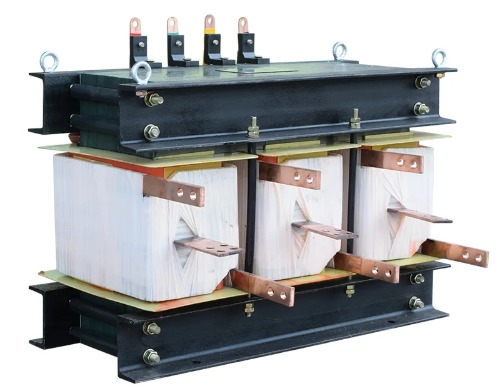
The Future of Three-Phase Transformers
By 2030, experts predict:
🔹 Wider adoption of biodegradable oils (replacing mineral oil)
🔹 AI-powered predictive maintenance (minimizing downtime)
🔹 Ultra-compact designs (for urban & space-constrained areas)
Final Recommendation
Investing in the right three-phase distribution transformer ensures reliability, efficiency, and compliance with evolving regulations. Compare top brands like Siemens, ABB, and Schneider Electric, and always consult with an expert before finalizing your purchase.
Need help selecting the best transformer? Download our free 2024 Three-Phase Transformer Buyer’s Checklist!


